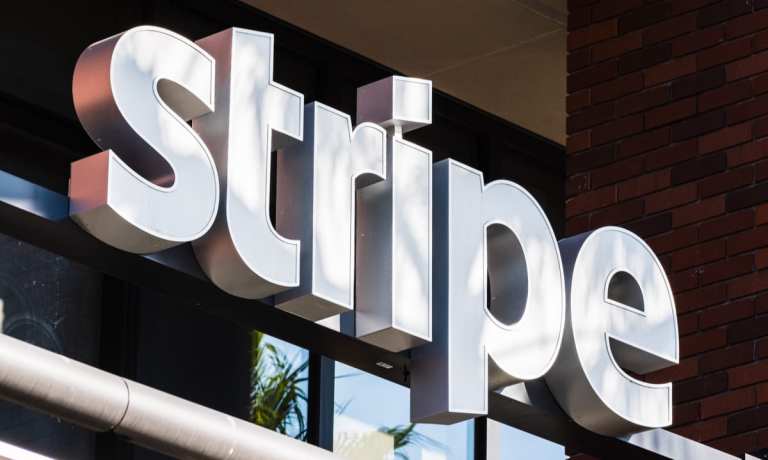
Stripe has launched a series of new product updates that it said will expand the “reach and effectiveness” of its revenue platform, according to an announcement emailed to PYMNTS.
The updates will help businesses “make more money with less effort,” the announcement stated.
One element is Payment Links, which lets businesses construct a full payment page to allow users to send payments through various means like email, newsletter, social media and others. They can also accept payments in minutes.
There’s also a partnership with GrabPay that will help Malaysian and Singaporean companies accept GrabPay as a payment method. Stripe has also supported other payment methods, including Afterpay, Bancontact, JCB and more, according to the announcement.
Another update is the Radar Analytics Center, which gives businesses insights into dispute trends and false positive rates. It also provides businesses the ability to fine-tune how Radar protects them, which helps them detect fraud easier.
There are also authorization rate improvements, according to the announcement. Stripe conducted a study on its Adaptive Acceptance, a machine learning (ML)-powered authorization tool. The study found that Noom saw an 8 percent spike in authorization rates once it began using Stripe.
Stripe has climate updates, too, including six new carbon removal companies joining the Stripe climate portfolio. The new projects will get $2.75 million in initial purchases from Stripe Climate, and there will be another $5.25 million in other purchases as the companies reach milestones.
Stripe is making those purchases along with 2,000 businesses in 37 countries using Stripe Climate in order to put some of their profits into carbon removals to help fight climate change, the announcement stated.
Stripe was valued at $95 billion in March, making it the most valuable private company in Silicon Valley and demonstrating the capacity of eCommerce. Rivals Adyen, Square and Checkout.com have also seen high values.
However, some investors aren’t sure about the sustainability of the higher valuations for tech companies due to rising inflation.